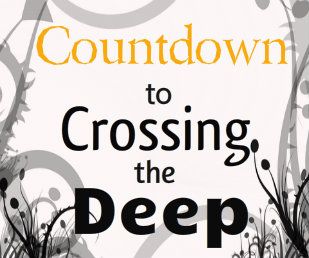Purple Prose:
L — Logic
5 Minute Friday: Dance

Blessed with a Blogger Award :)

"Countdown to Crossing... " Character Names

Your Last Words (Tweets/Status Updates)...

What’s in a Name?

Writerly Quotes: Emotions

It Was A Dark and Stormy Night: Using Setting to Enhance a Story

The Twelve Days of Christmas for Writers: Day Four

The Twelve Days of Christmas for Writers: Day One

World Building’s Not Just for Paranormals!

I Believe . . .

Eek, I’m It!

Creating the Non-Stereotypical Character

On My Writerly Bookshelf—and exercise

On My Writerly Bookshelf

Querying Paralysis

On My Writerly Bookshelf

On My Writerly Bookshelf

Inside The Teenage Brain

Teen Logic Verses Adult Logic




